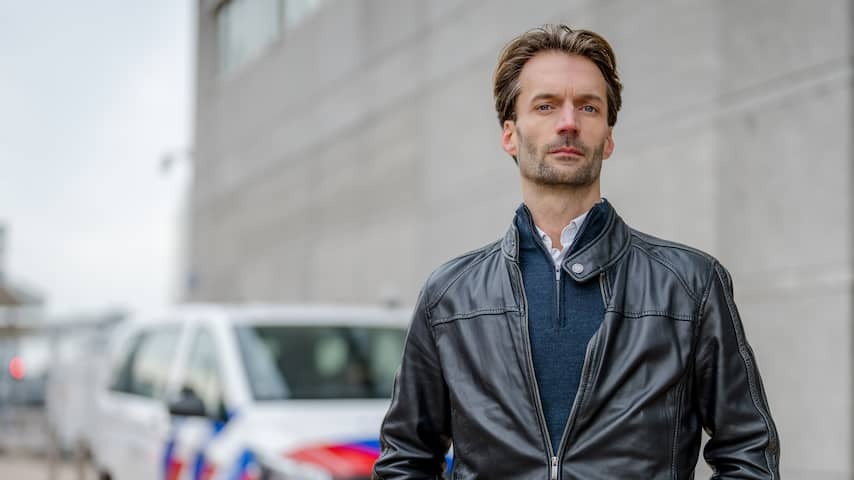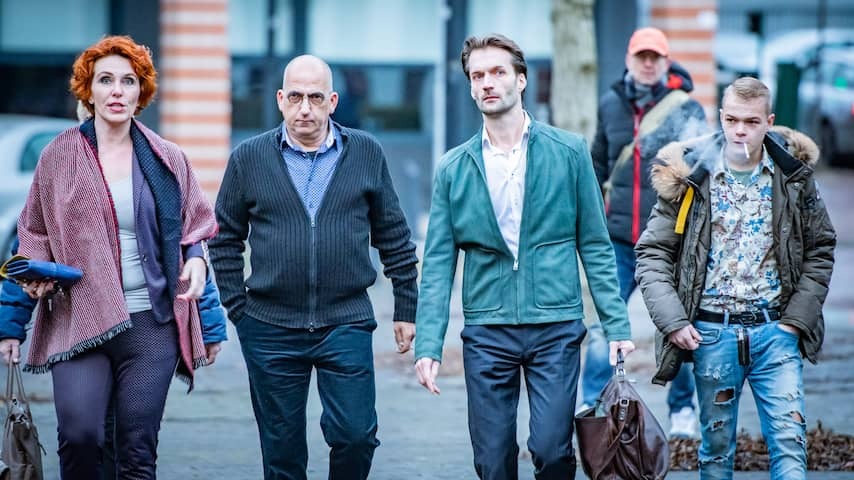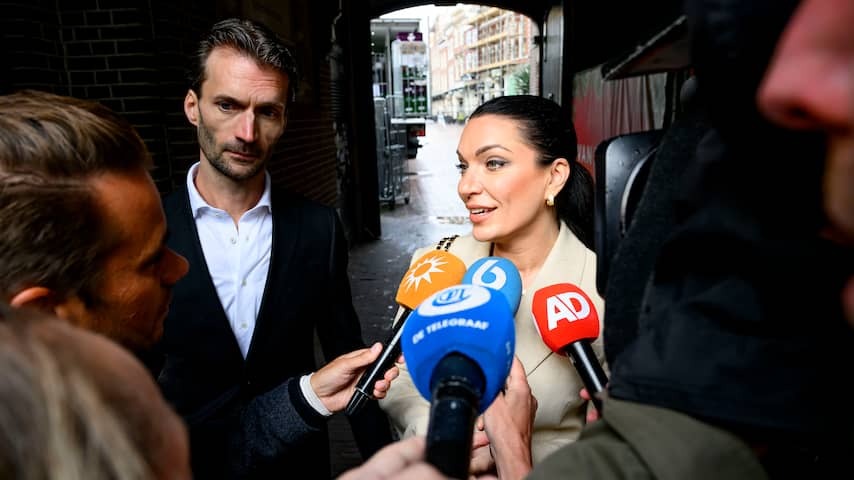
Sébas Diekstra Has Been Assisting Victims and Relatives of Crimes for About ten Years. In His New Book, right for the victim (Justice for the Victim), The Lawyer Takes The Reader Into The Battle He Wages Daily for his Clients.
“I get the most satisfaction from assisting the people who are hit hardest by a crime,” Says 44-year-old Diekstra, who in his early years saw how Victims have to get the most trivial things done. “In my first case, I had to fight with a mother to get a little information about her daughter’s death.”
It is about 25-year-old Talitha, who was found dead on the tracks near Heerhugowaard in 2013. It has never Become clear exactly what happened to her. The Police Officers Involved Quickly Assumed Suicide, which later Years later resulted in Apologies to the Relatives for “Careless Handling in the Investigation.”
It motivated diekstra to commit himself to the interests of Victims and Relatives. “The Closer that by Seems to Be, the harder I want to yank it.” For Example, The Victim’s Lawyer also discusses in His Book the Case in which Eight-year-old Sharleyne died from a Fall from An Apartment in Hoogeveen. The Case was initially Dismissed by the Public ProSecution Service Because There Were No Concrete Indications of a Criminal Offense.
The Girl’s Father, Victor Remouchamps, was Convinced That the Mother Knew More and Collected Evidence himself. Thanks to the Father’s Efforts, The Case was Still Heard By The Court in Assen, which Acquiteed the Mother to his Surprise.

Victims are not full parties to the proceedings
“Completely Incomprehensible,” Says Diekstra, Who is Assisting the Father. “The evidence that the mother threw Sharleyne from the balcony is so convincing. I think that is one of the biggest judicial errors in our history and I would be really ashaged as a judge if I was to reread that verdict now.” 5.5 Years later, Sharleyne’s Mother was still sentenced by the court of appeal to nine years and nine months in prison.
Diekstra does not because to Detract from the Police Officers and Public Prosecutors Who Do Their Job Well, But Sees That Things Often Go Wrong in practice. “The rule is that you unfortunately cannot assume that everything will be fine. That mean you always have to remain critical,” Says the Victim’s Lawyer, who has able to bring many cases to prosecution or conviction in His career.
In His Book, Diekstra discusses The Obstacles He experiences in Doing his work and the frustrations that this causes. For example, traffic jams are of the provid late or incomplete, which mean that canot optimally assist his clients. Accordance to the Lawyer, Victims Are Still Too Often Seen As A “Side Issue” Rather Than Full Participants In The Proceedings. The Latter is also evident from the fact that victims do not have a fixed place in the Courtroom, as a suspect does.
Diekstra describes in law for the victim The “Painful Situation” in which he was asked to take a seat in the public gallery upon arrival at the courthouse. “I Couldn’t accept that. In order to get things done for my clients, I have to be visible.” When he expressed his dissatisfaction in a twitter message, he was still brought forward by the chairman of the court.
‘Right to speak sacrifices some opportunity to respond to suspect’
Thanks in part to the right to speak and the right to inspect files, the position of victims in Legal Proceedings Has Improved over the years. But accordance to Diekstra, there are still important steps to be tasks. A position as a full party to the processings would, in Addition to a fixed place in the Courtroom, mean that the lawyer must be kept informed of the process development.
For Example, Diekstra Sometimes stands with his clients at a Court for Nothing, because he has not leg informed that the hearing Has Been Moved. Or Victims are informed days later about the release of a suspect.
The Position of a Full Party to the Proceedings would also offer the Victim’s Lawyer the Opportunity to Ask Questions to the Suspect. “What I Regularly Do is Request Five Minutes of Speaking Time After The Suspect’s Pleea. That is the only way to respond to what the suspect’s lawyer has said.”
Victims and Relatives also have Their Say in Diekstra’s Book. For Example, Reality Star Samantha de Jong (Better Known As Barbie) and Former the Voice of Holland Participant Nienke Wijnhoven Talk about the Lawsuit in which they were a party. Wijnhoven, Who Reported Former Bandleader Jeroen Rietbergen for Rape, Calls It “Bizarre” That the Burden of Proof Lay With Her. “I have to proof that it really happened. Hey, the – let me keep it correct -” alleged perpetrator “, can simply lie and remain silent.”

Suspects of Remain Anonymous, Victims do Not
Diekstra, who is also assists many Famous Dutch People, is Used to the Media Attention that comes with high-profile lawsuits. Accordance to the Victim’s Lawyer, The Media Play a Crucial Role. “Thanks to journalistic Attention, Abuses Become Visible, Social Debate Starts and Victims and Relatives Feel That Their Story Is Being Heard.”
At the same time, the Victim’s Lawyer is a critical of the choices that journalists and programs Sometimes Make. For Example, He Questions the Choice To Have Wijnhoven Tell Her Story about the Voice at the Talk Show Table of Beau . “She had Already said in the Volkskrant the Day Before, so I understand that they Jumped on It. But should you want that?”, Hey Wonders.
“I don’t mean that as a reproach, but I Sometimes Wonder Whether Certain Choices have Been Carefully Considered,” Says Diekstra. “That also applies to the Choice to share the names of Victims and Relatives or Certain images and details of a lawsuit.” It is a valid point when we pretend that suspects are often kept anonymous.